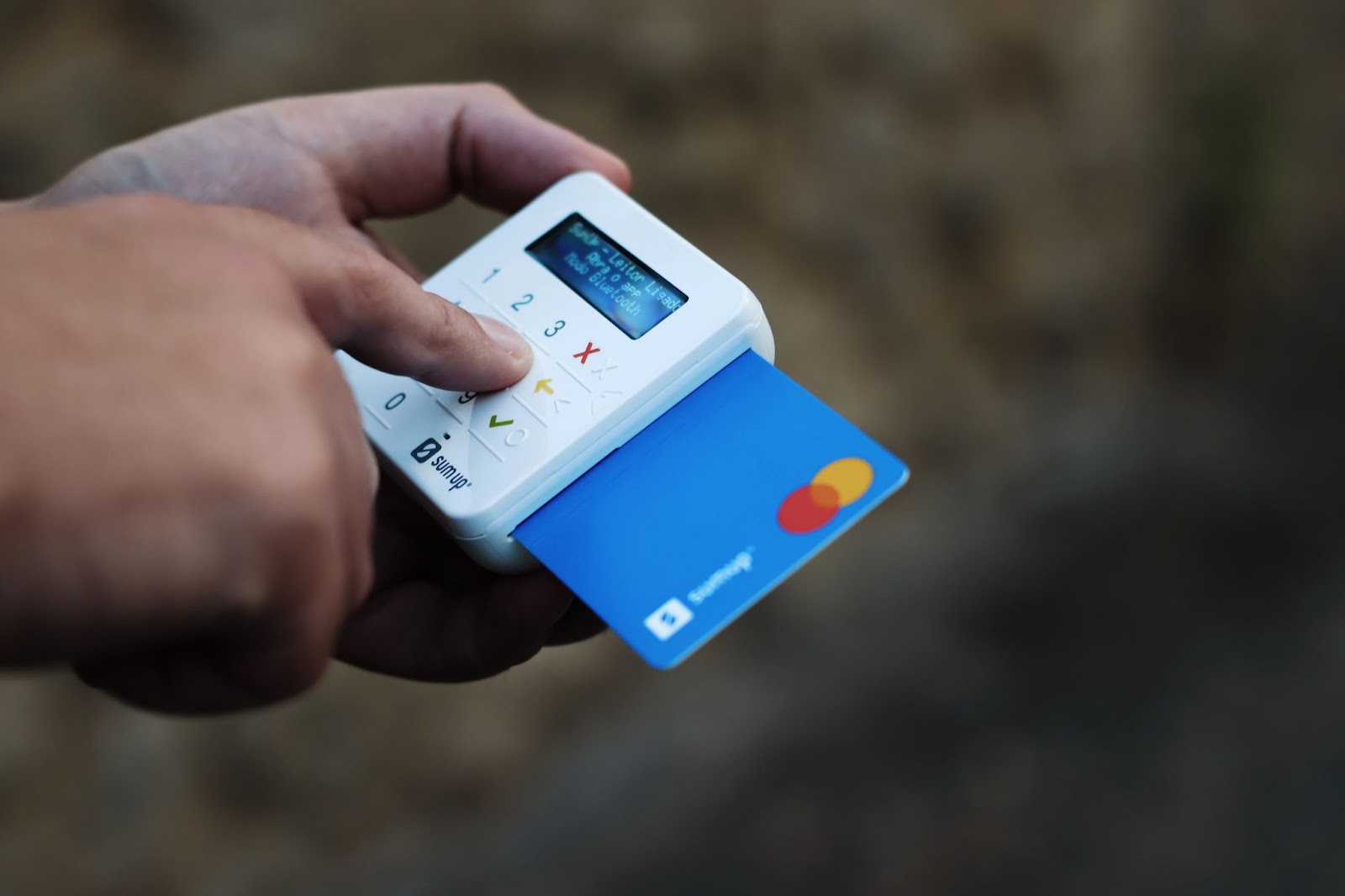
How to master credit utilization
Ah, young grasshopper. You've finally come to learn the ways of credit utilization. Well, settle in, young one; we have a lot to cover.
To master credit utilization, you must understand credit utilization. It’s not a complicated concept, but it requires the ability to perceive the whole picture.
Credit utilization is a significant credit scoring factor, so having a strong grasp of what it is, how you can manage it, and what goals you should set for yourself can put you in an ideal position. Your credit score will impact every step of your life, so understanding it will do you wonders.
What Is Credit Utilization?
Your credit utilization rate (AKA credit utilization ratio) measures how much credit you’re using in relation to how much credit you have available to you. You have a utilization rate for each open credit account, but your credit report looks at your utilization across all of your open accounts, and that’s what truly matters.
For example, you might have one credit card with a credit limit of $1,000. If you spend $500 on that credit card, you’re utilizing 50% of your available credit ($500/$1,000). That’s your utilization on one card, but most of us have multiple credit accounts open.
You might have two credit cards, each with a credit limit of $1,000. In this case, your total available credit is $2,000. If you spend $500 on one of the cards and $100 on the other, you’ll have a credit utilization rate of 30% ($600/2,000).
Your credit report will keep track of every credit account you have open, including credit cards, loans, and any lines of credit. Your utilization will be calculated based on your total available credit and total credit use.
Credit utilization is one of the larger factors that affect your credit score, accounting for about 30% of your score. To master credit utilization is to understand how it works and how you can keep it in a good position to uplift your credit score.
How To Calculate Your Credit Utilization
Calculating your credit utilization is simple when you have all the necessary information. In short, credit utilization = total credit use / total credit limit.

The fewer accounts you have open, the easier it will be to keep an eye on your utilization and keep it in a stellar position. Over time, you might have too many open accounts to plug the numbers into your phone, so we recommend you draft up a simple credit card utilization spreadsheet or credit utilization spreadsheet.
In the first column, you’ll want to list out every credit account you have open, for example, Extra or a credit card company.
In column two, you’ll list your current balance (how much credit you’ve used).
In column three, you’ll plug in how much the total credit limit is.
In the fourth column, create a formula that will divide column two by column three, showing your credit utilization for each account.
Below all of your accounts, you’ll create a row for totals; use one cell to total up you’re entire credit use from column two, and one for your available credit from column three. The total row of column four is what you’re in true search of; your total credit utilization.

The credit utilization across all of your accounts is what goes into calculating your credit score. Paying attention to your credit utilization between all of your accounts rather than just one will truly let you master credit utilization.
By looking at your available credit as a whole, you can better understand why it’s okay to use the majority of your credit on one account and why sometimes closing an account can hurt more than you expected.
Tides Tip: Before closing or opening an account, read up on the Credit Wizard’s insights on how closing accounts and carrying a balance impact your credit score.
Quick Facts About Manipulating Your Credit Utilization Rate
Now that you know how to calculate your utilization ratio, it’s time to set you up with some optimal projections: what’s a good credit utilization ratio for you to aim for?
What’s a Good Credit Utilization Ratio
To keep your credit score looking its best, you’ll want to keep your total credit utilization below 30%. And honestly, you should aim for single digits. Although there’s no exact formula for calculating your credit score, most credit experts say that staying under 30% utilization gives you your best chance at shaping a good credit score.
The credit bureaus will track all of your open credit accounts and then calculate your utilization ratio. They’ll then plugin that rate to whatever credit scoring model they use, and it will be factored into calculating your credit score.
Keeping your utilization rate low is great, but you don’t want it to be at zero. Zero means you’re not building a credit history and proving your creditworthiness. It’s best to show the credit bureaus that you have access to lots of credit and can responsibly manage it by using it in small portions and paying it back in a timely manner.
Credit Utilization Mastered
Credit utilization is a significant credit scoring factor; as mentioned previously, it accounts for about 30% of your credit score. By having a complete grasp of your credit use and availability, you can better manage your credit and take hold of your credit score.
Credit utilization is probably one of the most fluctuating credit scoring factors because we’re always swiping our cards and paying our bills. For this reason, keeping an eye on your utilization rate is important but can also feel overwhelming.
Use whatever tools work best for you to ensure you’re lowering or maintaining your credit utilization, whether that be using your notes app, setting personal spending limits, or turning to trusty ol’ excel spreadsheets. Don’t be afraid to contact the credit bureaus as well! They should be more than happy to help you see the whole picture. If they are misrepresenting you then contact us.
Remember that credit maintenance is just as important as credit building. So even if you’re at the point where you’ve gotten your utilization rate pretty low, it’s best to stay monitoring your accounts and spending habits so that it stays that way.
Rememebr that utilization alone is not enough to build your credit score. There are many other factors that play into it, too. Collections and late payments can detrimentally affect your score. Tides is here if you need help removing those.
As long as you continue to maintain a low balance on your credit accounts and do most of your spending with a debit card, you might as well call yourself a master of utilization. :)

Start Building Credit With Rising Tides
Your credit score may not seem all that important until you need it. From apartment applications to your car loans, this three-digit number is the key to your major life milestones.
-
✅ Build credit
-
✅ Remove negative items
-
✅ Change your life








-p-2000.png)
